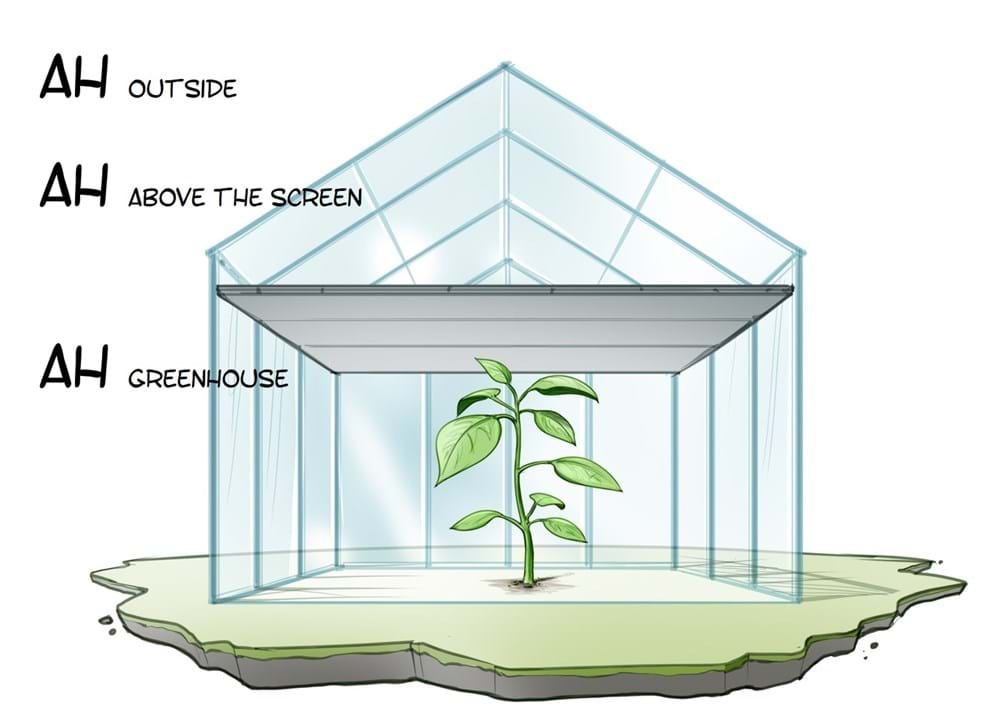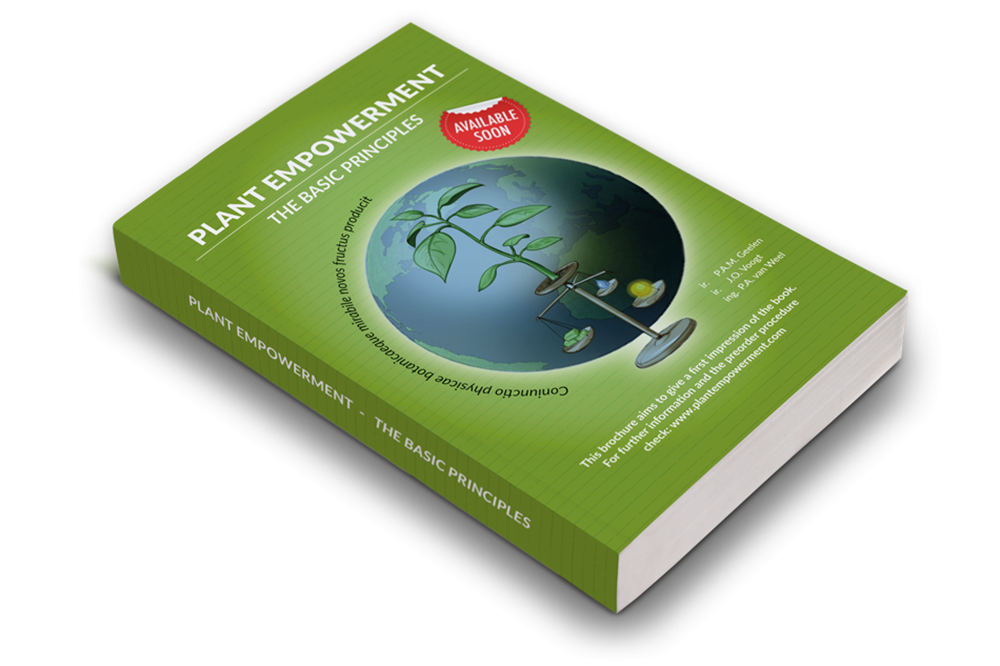The roadmap to sustainable horticulture
Plants are created to produce fruit and flowers efficiently and sustainably by design. And as a grower, why not empower them to do just that?
For growers, optimizing your cultivation is essential for success. At the same time, sustainable solutions are needed to combat the enormous challenge of feeding the growing world population with fewer resources and minimal emissions. Surprisingly, the solution for sustainable cultivation and optimal results can be provided by nature itself. This unique growing method is called Plant Empowerment.
Plant Empowerment is Next Generation Growing 2.0, in which there is no longer any room for stress. Plant stress can be largely prevented with the help of climate screens. And more efficiency can be achieved. Therefore, Svensson wholeheartedly supports this new way of growing and the collaborative Plant Empowerment platform.
The Plant Empowerment concept- also referred to as Growing by Plant Empowerment (GPE) - is centered around a plant's balances. The conditions in a greenhouse should be such that the plant does not experience any restrictions - leading to stress. By continuously monitoring and controlling the plant balances, it can function stress-free and efficiently deal with light, water, nutrition, and CO2.
This concept is fully explored in the book "Plant Empowerment - the basic principles" written by Peter Geelen, Jan Voogt, and Peter van Weel. The book is valuable for all protected crops and includes multiple illustrations and practical examples.
The book is a must-read for growers and crop consultants worldwide," says Ton Habraken, Svensson's greenhouse climate expert in the Netherlands.
Plant and greenhouse balances
The basics foundation of Plant Empowerment is to realize that a plant is both a living physiological being and an object that is subject to physical laws. Plant growth and health are affected by six balances: three plant balances (water, energy and assimilate balance) and three greenhouse balances (moisture energy and CO2 balance). GPE is all about those balances effectively monitoring and controlling them. Climate screens are playing an increasingly important role in this.
“Screens largely influence the energy balance and moisture balance of the greenhouse. If you know what the Absolute Humidity (AH) content in the growing room is, above the screen and outside, then you also know where the possibilities lie to drain moisture and what measures you can take to control your humidity levels in the greenhouse," illustrates Ton Habraken.

Screen as a climate tool
While previously a screen was primarily seen as a means of lowering energy costs, they are now increasingly used as a tool to help the plant grow better.
“With a climate screen, you have a direct influence on the assimilate balance, energy balance, and water balance, the three plant balances. For example, the prevention of heat emission is a very important part of the energy balance of the plant. Effective screens also ensure a more homogeneous climate in the greenhouse by excluding wind influences. Practice also proves this. While it was customary in pepper cultivation in the Netherlands ten years ago to close one screen for 1,800 hours per year, now 3,000 to 3,500 hours of screens using multiple climate screens, such as an energy screen and a shading screen, are quite common. Without this at the expense of production or quality, on the contrary!”
Photosynthesis efficiency
Harmony screens are also advancing in flower production, Habraken continues.
“With high-grade diffuse light from our Harmony screens, you have a direct influence on the assimilate balance. Thanks to the high quality of diffuse light, the plant can process more light. Then you get into a much higher photosynthesis efficiency and you eventually produce more. We actually see that with all cut flower crops, but also with potted plants, when switching from an aluminum screen (Solaro or Tempa) to a Harmony screen solution. This switch allows for 10, to sometimes 20% more light, without leading to any potential damages or delays. It is actually only easier and faster, with improved quality and higher yields. The diffuse light and the assimilate balance – once you have a good picture of it –can be controlled much better. And it delivers more!”
Profit in foil tunnels
In plastic houses, a lot of (climate) gains can also be made by focusing on the plant balances, Ton continues.
“It is often argued that: plastic greenhouses are for warmer climates and it’s said that there is plenty of light. It is, however, also possible that there may be too much incoming light, a risk that some people aren’t aware of. In many cases, only limited measurements are being taken and people simply just don’t know. Often times you also see humidity problems at night. Polyethylene films, which are most commonly used for plastic tunnels, are invisible to outgoing long-wave radiation. These plants, therefore, experience a lot of heat emission, meaning they cool down considerably, which increases the risk of condensation buildup at the head of the plant. A problem that can be solved with the installation of a climate screen, where (vertical) fans ensure an active climate. The GPE story is therefore just as relevant for growers in hot climates with plastic greenhouses.”
Cooperation
Growing by Plant Empowerment is supported by Hoogendoorn, LetsGrow.com, HortiLux/P.L. Light Systems, Koppert Biological Systems, Saint-Gobain Cultilene, and Svensson. We have now established a partnership that will actively share knowledge about Plant Empowerment. We do this because it focuses on plant balance and plant resilience, and thus forms the basis for further sustainability of protected crops worldwide. This will lead to better production and quality, more efficient use of water, energy, and fertilizers, as well as improved plant health, reducing the use of chemical plant protection products.
